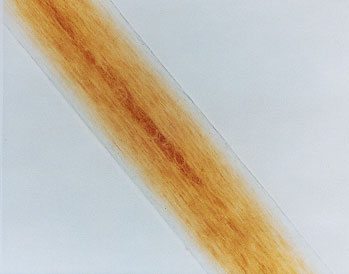
Homeschool Microscope Curriculum
Homeschool Microscope Curriculum Throughout the history of humankind, healthy and shiny hair were considered to be the first decoration of a person, both a woman and a man. A thick coat of hair on the head enhances the eyes and the skin tone, engaging members of the opposite sex. Even today, a lot of importance is given to the beauty of the head. There are numerous recipes for hair care, and they are consistently passed on from one generation to another. Today, we shall examine hair under the kid's microscope and describe its structure and texture. It would be interesting, indeed, to compare healthy and split-end hair under the home microscope.
Homeschool Microscope Curriculum Inquiry
The whole science activity involving the use of a microscope leads to the development of analytical and cognitive skills in kids. It is interesting to compare organic material from different people. I suggest you take a few strand from various individuals as well as animal fur and bird feathers for comparison. To do this, you can use hairs found on clothing or furniture. By just picking them up with tweezers. If you don't have a domestic dog or a cat you can ask a neighbor for some samples. Have your digital camera ready to photograph the hair under the microscope.
Homeschool Microscope Curriculum Hair
To observe hair under the microscope for children, prepare a microscope slide. The procedure is to place a drop of water on a slide and cover the contents with a coverslip. Set the prepared slide on the microscope stage. If the sample under study is human hair, then carefully adjusts the focus of the microscope. Remember the rules of microscope use, only use the coarse adjustment knob with the lowest power lens. Once you do that the only adjust should be to use the fine adjustment knob. Instruct the children to do so as well. Doing so will save you broken slides and worse yet a broken microscope lens.
Homeschool Microscope Curriculum Examination
Hair is made up of two parts: the bulb - living region, which is found under the skin, and the hair cord - the nonliving section, consisting of protein, keratin, and melanin. In the middle layer is where all chemical processes take place upon coloring of the hair, straightening or curling. None of these things involve the bulb. The hair bulb, rounded in shape and is located in the follicle, deep in the dermis. It consists of cells, which are responsible for cell division and the growth of hair. Although the hair appears to get longer at its ends, it grows inside the scalp. In a standard bulb, the process of cell division takes place continuously. It is slowly provided by capillaries, which deliver oxygen and essential nutrients. As it grows outwards, the hair hardens. The inner layer, is in the form of a hollow pipe, is found in all humans. This layer is covered by fibers of keratin, which are connected to create a cover.
Homeschool Microscope Curriculum Structure
The ends of a hair stand which become split look like a broom under the microscope. There are scales covering the entire length of the hair, the bulb appears much thinner, and the hair ends look ragged. Once you take a photograph of hair fibers under the microscope, you will see the differences in healthy and damaged ones. Damaged hairs look weak and broken under the microscope. During periods of illness, the hair will be thin, and damage is observed. Healthy hair appears like a thick rope under the microscope. The colorless scales lie close to each other, and the bulb seems thicker.
Hair from different ethnic groups under the microscope will have distinct features. It is fascinating to compare hair samples of a European, Asian, and African people. The Africans ones are characteristically extraordinarily twisted and intertwined, and the cross-section has an elliptic form. The sample from the European group has straight hair with a slight curl. The Asians have hair fibers that look spherical in the cross-section, with more significant thickness.
Homeschool Microscope Curriculum Summary
When exposed to stress, a person loses up to 0.5-1% of hair in a week. Of course, the loss does not become evident immediately. If hair loss is paid attention to quickly, it is possible to prevent diseases of the endocrine system, gastrointestinal tract, and other body systems. Upon finding even the slightest of deviations, a physician-trichologist, which performs diagnostic procedures and treatment of hair, can refer a patient to specialists for additional tests. The environment, stressful situations, and work environment may have adverse effects on the hair. The signs of illness can be observed even without a microscope. It is common for hair to lose elasticity and luster, develop split ends and dandruff. Take care of yourself and your children and it will show in the health of the hair.








